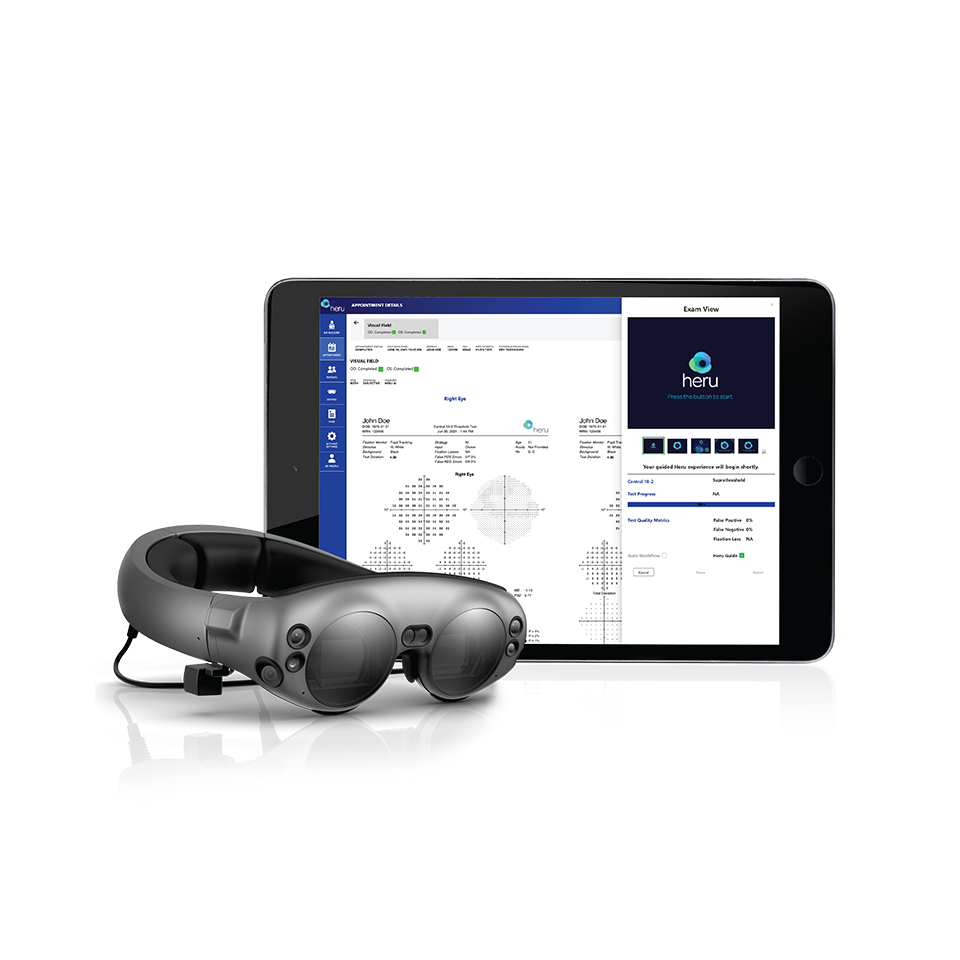Using Digital Tools to Assess Patients
1st September 2022

We sat down with Nathan Little, CSO for AOS to get his take on using digital tools to see patients.
What are the options available for tele-health/hybrid care and why do feel adoption is slow in the eyecare industry?
I think adoption of these digital tools is slower in eye care than other medical industries for a few different reasons. One, is that there is a lot of different information out in the marketplace about these tools and ECPs maybe don’t have the time to really investigate and fully understand what technologies are really available. At AOS we have the luxury of living and breathing this space everyday, but for the average ECP (eye care provider) this is one thing on a long list of items they need to think about. Understanding and evaluating all the myriad of tools available is a big task but I think it will lead to further adoption.
Second is the application to a business case. Pending that someone has evaluated the tools available as previously discussed the next step is to understand the business case. What is the ROI for the product, how does is increase customer engagement and keep the practice in line with customer sentiment etc etc. There is a real gap in this area for most ECPs, where they are aware of the need in the market and the technology, customers are asking for it; however, it becomes a struggle to make dollars and cents out of the offering.
I personally feel that at AOS we are striving to deliver the best product on the market while also supporting the clinics and ECP to understand hybrid care models and their benefits to patients and the bottom line.

What are your thoughts on what tools are available on the market, and which is best?
In my opinion there are so many great tools on the market that it is difficult to choose. I suggest the ECP begin to think about what their personal need is in the space, what tools do they need, what do their patients want, what type of specialty do they practice (dry eye, contact lens etc). Once there is a crystallized and communicable definition then and only then can one begin to pare down the available tools on the market. There is no perfect tool, it all depends on the need of the practice.
Once the need is understood and the pare down begins the next is to understand ROI, business models and integration of the tool. Integration in the tech space is typically a dirty word as there are so many options for this and everyone has a different interpretation. They key is do the product/tool/tech fit your need and can your team use to generate a unique proposition for your practice.
In my opinion the integration is the easy part once a ECP or practice is committed to the digital tool and business model. The integration becomes a self-fulfilling prophecy if the digital tool has all the features needed and it matches up with the business model and the release of intrinsic value of an existing and new patient base.
How can these tools adjust how clinics see/serve their patients?
In 2019 Forbes had an article referencing the “digital generation”, the “I want it now” mentality (link to Forbes here) and what consumers expect from business. Given the last few years of the pandemic this has only grown, and the real question is can we continue to see patients solely in the traditional way?
My thoughts on this is that:
- The clinic is just as important now as it ever has been, if not more
- There are pre-clinic or post-clinic interactions that consumers want that can help manage medical conditions and meet consumer demands.
If adopted correctly hybrid care models driven by digital tools can strike a balance between consumer advocacy and medical necessity, increasing touch points with patients, driving treatment pathway adherence, while also meeting customer demand.
A perfect example is contact lens patients. Contact lenses are incredibly safe and have very low adverse events. Now, if we are to think about the consumer, no one wants to come to a clinic, get fitted for contact lenses, receive a trial lens set, wear them at home and at work and then be requested to come back to the clinic just to find out the lenses are fine and that they should order a years’ worth. The question is Why? Why take time off work, drive to the clinic, pay to park etc. etc. etc. when this type of interaction can happen remotely, making the patient happy and allowing the clinic to release chair time for a new patient.

https://www.eyeque.com/newsdetail/introducing-eyeque-visioncheck-2-the-worlds-most-powerful-do-it-yourself-smartphone-vision-test/
Has there been resistance to technology adoption from eye care providers?
Yes, but I think it is multifaceted and not an easy answer. We have to think about the physical and mental pressures on ECPs in running a clinic. Many ECPs have a dual role as practitioner and business owner, either one of these is a full-time job, let alone them together. This is why the consultative commercial approach is so important, the ECP need the support of the supplier to ensure success and that’s why at AOS we take this approach.
We typically see a different adoption rate in mid/large tier firms or multiples where there are more dedicated resources to the business functions. In this environment the adoption rate is typically quicker with a faster ROI as more resources are available to drive the decision-making process and the adoption of the AOS or any other digital tool.
In other medical specialties the adoption of digital tools is even faster, but this is a result of medical systems (like hospitals) pushing for more streamline and cost effective patient interactions.
Header Image: Okko Health – Visual acuity at home – https://okkohealth.com/en-gb/technology/
